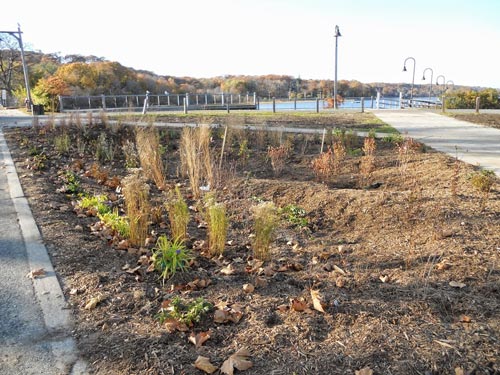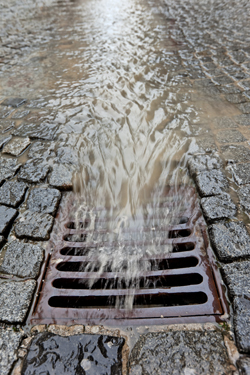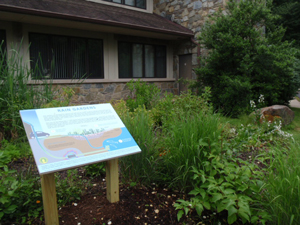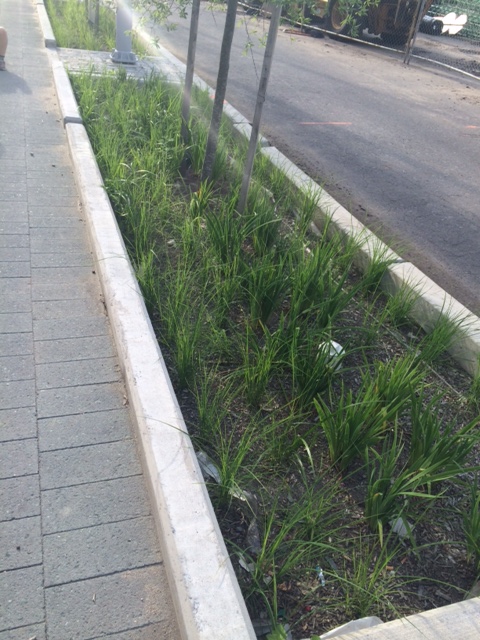Native Plants: Special Effects for the Environment
by Bonnie Turner-Lomax
Celebrating “the Magic of the Movies,” the 2015 Philadelphia Flower Show opens this weekend at the Pennsylvania Convention Center. Each year, the Flower Show provides a prelude to spring, and a temporary escape from the cold and snow of a typical Philadelphia winter for its hundreds of thousands of visitors.
Watching a good movie can provide a great two-to- three hour escape where the unreal becomes convincingly real. Whether it’s a fictional land inhabited by mythical creatures; a time and place long forgotten; or a futuristic world in a distant galaxy, movie magic and special effects can make anything and everything appear real.
This year, EPA’s Philadelphia Flower Show exhibit “Now Showing at a Garden Near You,” featuring a cast of aquatic plants including azaleas, laurels, dogwoods, pitcher plants, phlox, and many other varieties of flora native to the mid-Atlantic region, demonstrates a magical yet very real, healthy and balanced garden ecosystem.
Using native plants from your area can provide many benefits for the environment including a source of food and habitat for pollinators, beneficial insects and other wildlife. Native plant communities also provide a sustainable way of fighting off colonization by those pesky invasive species.
Since natives require relatively little maintenance, they help save both time and money, and using native plants contributes to a healthy ecosystem that provides important ecological services like flood abatement, and filtering and replenishing groundwater.
If you plan to visit the Philadelphia Flower Show, stop by the EPA Exhibit and see how you can create a sustainable escape by applying “special effects” that will make your yard beautiful to look at, while reducing pollution and maintenance costs at the same time. The Philadelphia Flower Show runs from February 28 through March 8, 2015.
About the Author: Bonnie Turner-Lomax is the Communications Coordinator in the Environmental Assessment and Innovation Division of EPA’s mid-Atlantic region.












